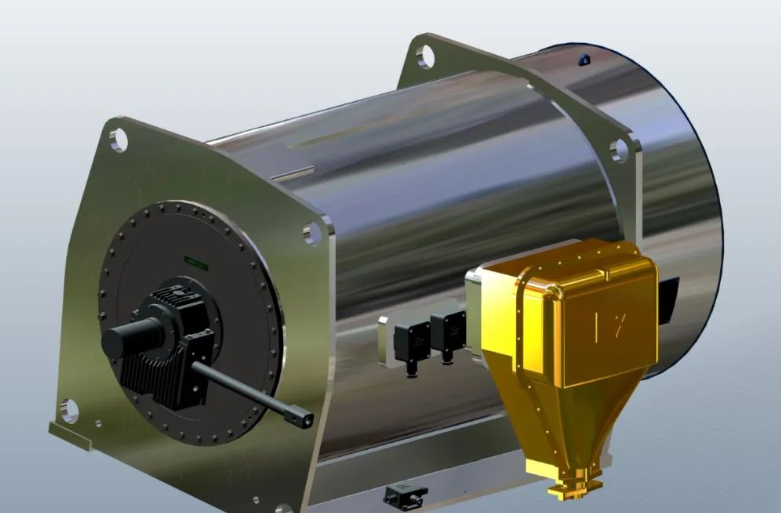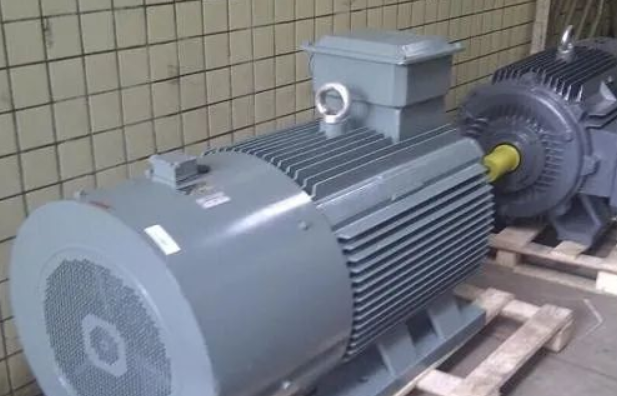For asynchronous motors, slip is a necessary condition for the operation of the motor, that is, the rotor speed is always less than the speed of the rotating magnetic field. For a synchronous motor, the magnetic fields of the stator and the rotor always keep the same pace, that is, the rotational speed of the motor is consistent with the magnetic field speed.
From the structural analysis, the stator structure of the synchronous motor is no different from that of the asynchronous machine. When a three-phase current is passed in, a synchronous rotating magnetic field will be generated; the rotor part of the motor also has a sinusoidally distributed magnetic field of DC excitation, which can also be generated by permanent magnets.
When the motor is running normally, the rotational speed of the rotor magnetic field is consistent with the rotational speed of the stator magnetic field, that is, the stator and rotor magnetic fields are relatively fixed in space, which is the synchronous nature of the synchronous motor. Once the two are inconsistent, it is considered that The motor is out of step.
Taking the rotation direction of the rotor as a reference, when the rotor magnetic field leads the stator magnetic field, it can be understood that the rotor magnetic field is dominant, that is, the energy conversion under the action of power, the synchronous motor is the generator state; on the contrary, the rotation direction of the motor rotor is still For reference, when the rotor magnetic field lags behind the stator magnetic field, we can understand that the stator magnetic field pulls the rotor to move, and the motor is in a motor state. During the operation of the motor, when the load dragged by the rotor increases, the lag of the rotor magnetic field relative to the stator magnetic field will increase. The size of the motor can reflect the power of the motor, that is, under the same rated voltage and rated current, the larger the power, the larger the corresponding power angle.
Whether it is the motor state or the generator state, when the motor is no-load, the theoretical power angle is zero, that is, the two magnetic fields are completely coincident, but the actual situation is that due to some losses of the motor, there is still a power angle between the two. Exist, only smaller.
When the rotor and stator magnetic fields are not synchronized, the power angle of the motor changes. When the rotor lags behind the stator magnetic field, the stator magnetic field produces a driving force to the rotor; when the rotor magnetic field leads the stator magnetic field, the stator magnetic field produces resistance to the rotor, so the average torque is zero. Since the rotor is not getting torque and power, it comes to a slow stop.
When a synchronous motor is running, the stator magnetic field drives the rotor magnetic field to rotate. There is a fixed torque between the two magnetic fields, and the rotational speeds of the two are equal. Once the speed of the two is not equal, the synchronous torque does not exist, and the motor will slowly stop. The rotor speed is out of sync with the stator magnetic field, causing the synchronous torque to disappear and the rotor to stop slowly, which is called “out-of-step phenomenon”. When the out-of-step phenomenon occurs, the stator current rises rapidly, which is very unfavorable. The power supply should be cut off as soon as possible to avoid damage to the motor.
Post time: Jul-04-2022

